Reviews - Bienal en Resistencia Colonialismo Guatemala Habitabilidad - Guatemala
Reading time: 6 minutes

03.03.2022
Eliezer Guevara Robles narrates the Bienal en Resistencia, a Biennial that seeks to escape from institutional conditioning that limit it or appropriate its powers of tenderness and free re/creation.
The Bienal en Resistance (BER) is the body, the bones, the guts and the flesh of many dissidences committed to creating habitability.[1] We belong to the place that moves us and that is precisely one of the main institutional fears: when experience and affectivity are built, in that doing, we inhabit creation and at the same time we shape the logos[2] of art/affective; here, art ceases to be a market/of art. BER, understood in a Butlerian way, un /hides the vulnerability[3] of which we are all part to a greater or lesser extent, and disagrees with the excluding binarism: art/institution. Aspects that make possible a place to inhabit words, our words.
The BER resists, but what does it resist? Firstly, to the Biennial ideal founded on parameters of exclusivity, paternalism, nominalist mercantilism and to the virile and excluding curatorial policies. It is not a criticism of the remuneration of artists, but rather, of the deification of great artists and their irreplaceability in museums that ensure the wealth of their investors. In response to this, the collective ¡Qué Genia! presented Las Insolentes, twelve questions addressed to the art world, its institutions, its market and society in general.
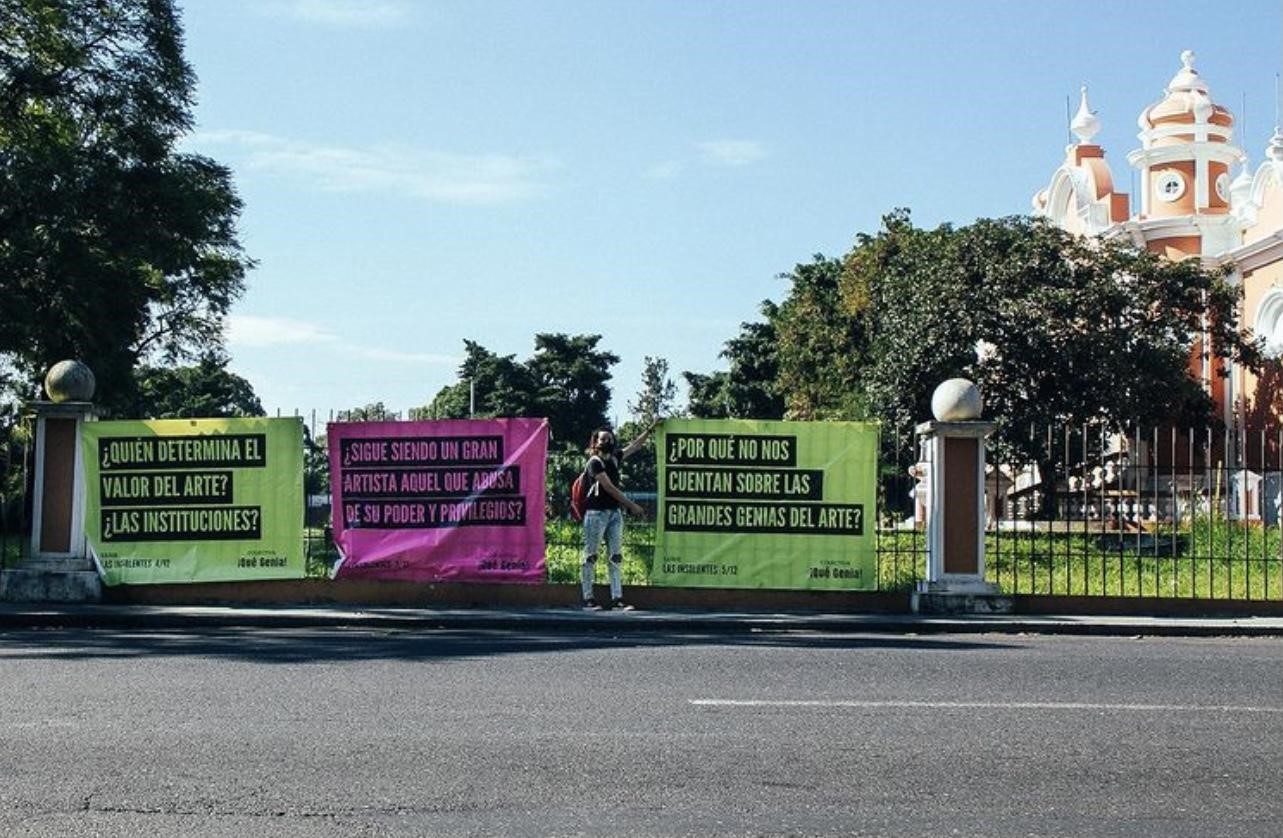
It also makes the “Art World” uncomfortable, which in its essence is phallogocentric[4] but what do we mean when we talk about the “Art World”? Does the statement The Art World excludes us retires our arms to what in reality is only a certain art market? To think of art as a closed axiomatic totality would be to deny in a holistic way[5] the need for creative gestures of new habitabilities that knot the BER. Here, art is an esthetic expression[6] of bodies in resistance, their loves, memories, victories, their pain and their voice.
The BER is srtistic creation from unsubmissive complicity, habitability and its effects on the bodies of all. In this sense, the artist Camila Juárez, with the gesture of taking the BER to her home, allows us to be part of her intimate space and not only the architectural space, but also the geographical/familial space, her exodus and that of those who accompany her (and those who do not). The work is a mural on the wall of her home, which narrates her family history and also that of many peripheries, says the artist. Her intervention does not propose in a self-referential way the experiences outwardly but rather, it is assumed from her social/familial body. She also criticizes the rural-communal concept of the families that migrate and that the “city/civilized” considers as pre-capitalist, pre-modern or backward, in dialogue with her reading of Manuela Camus.
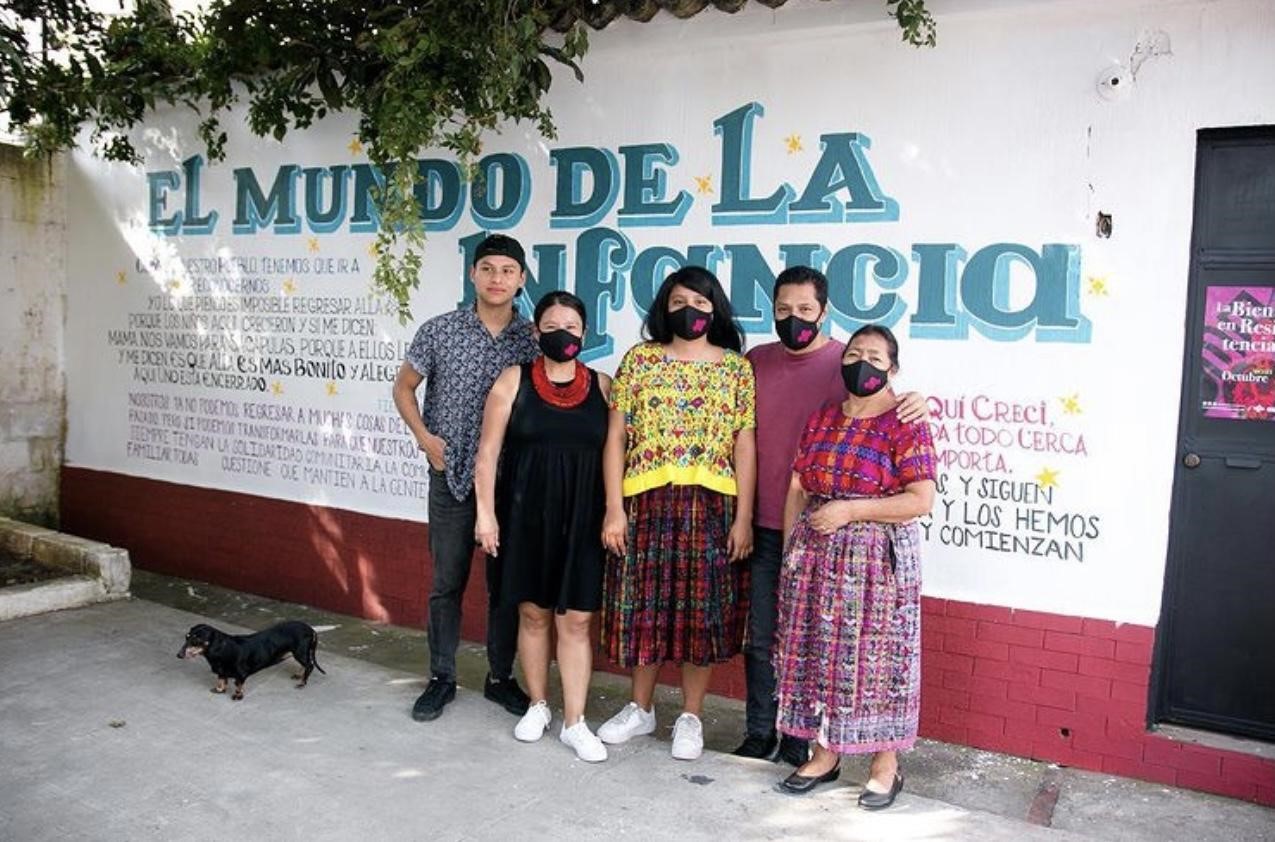
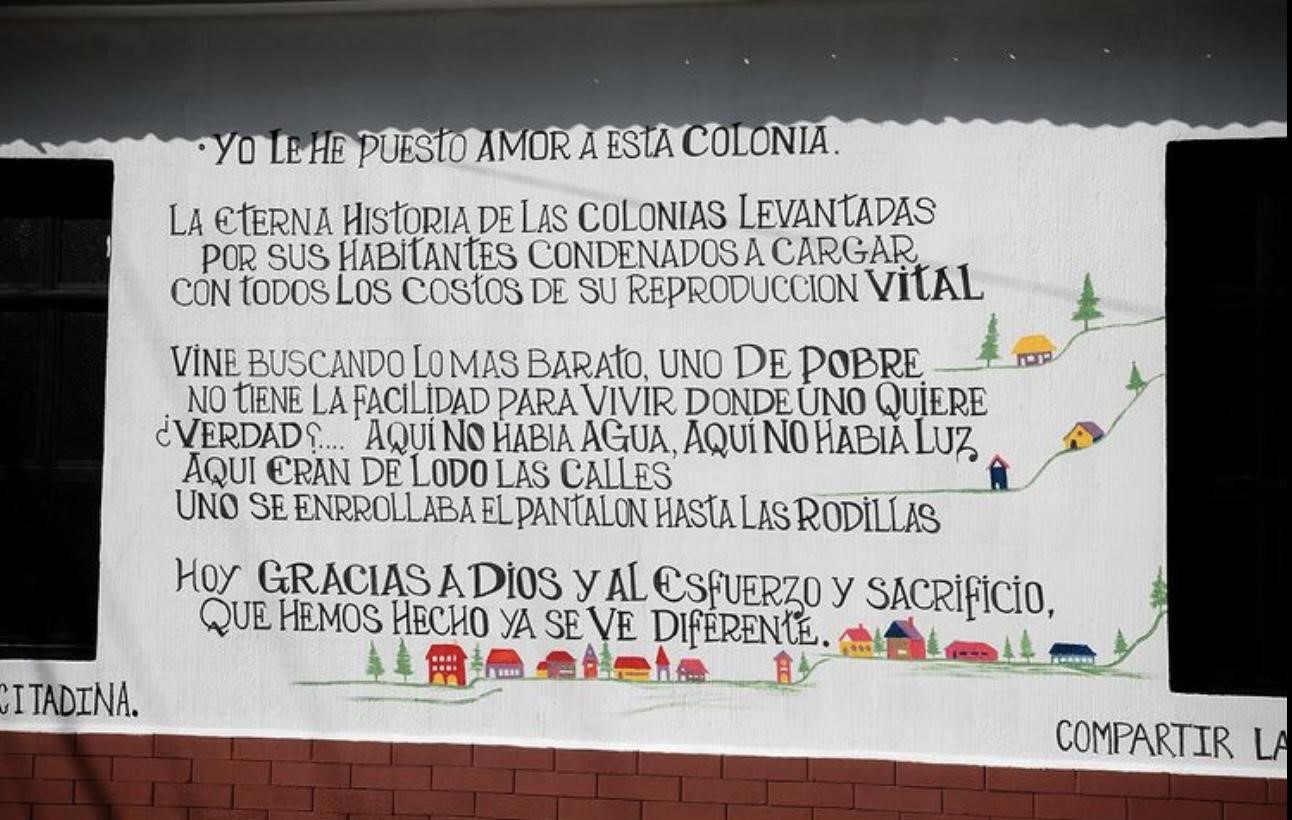
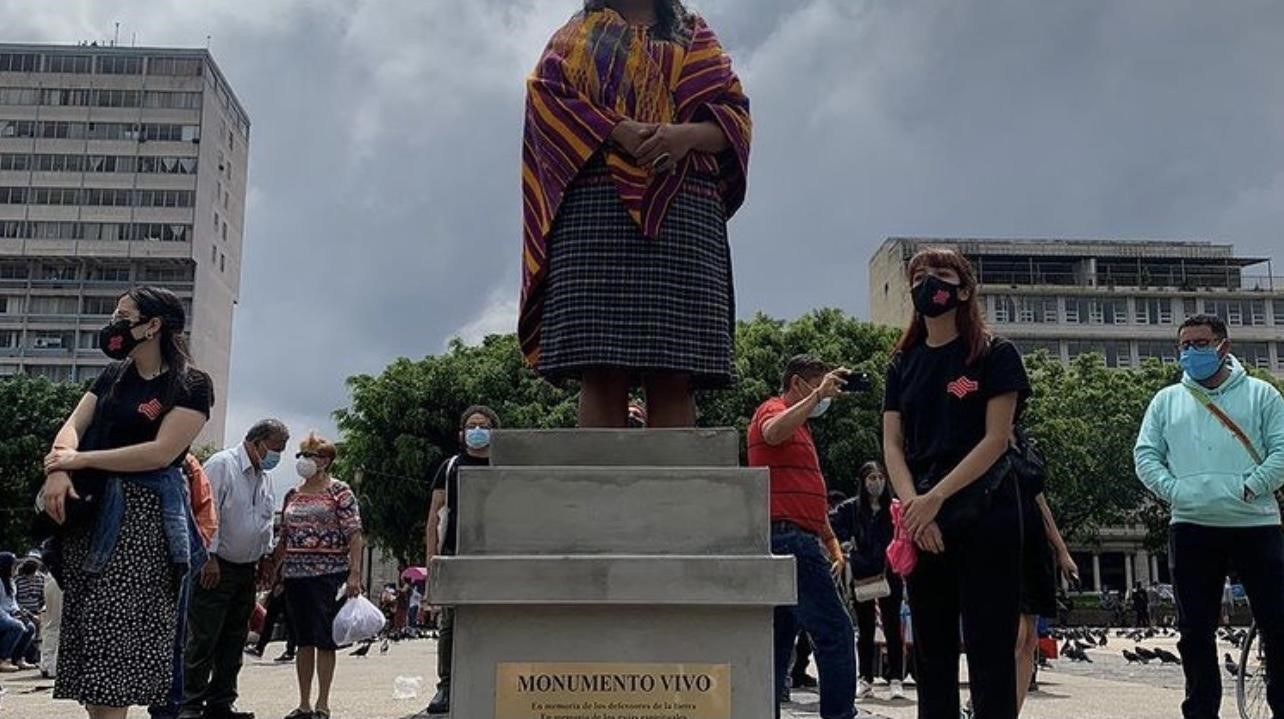
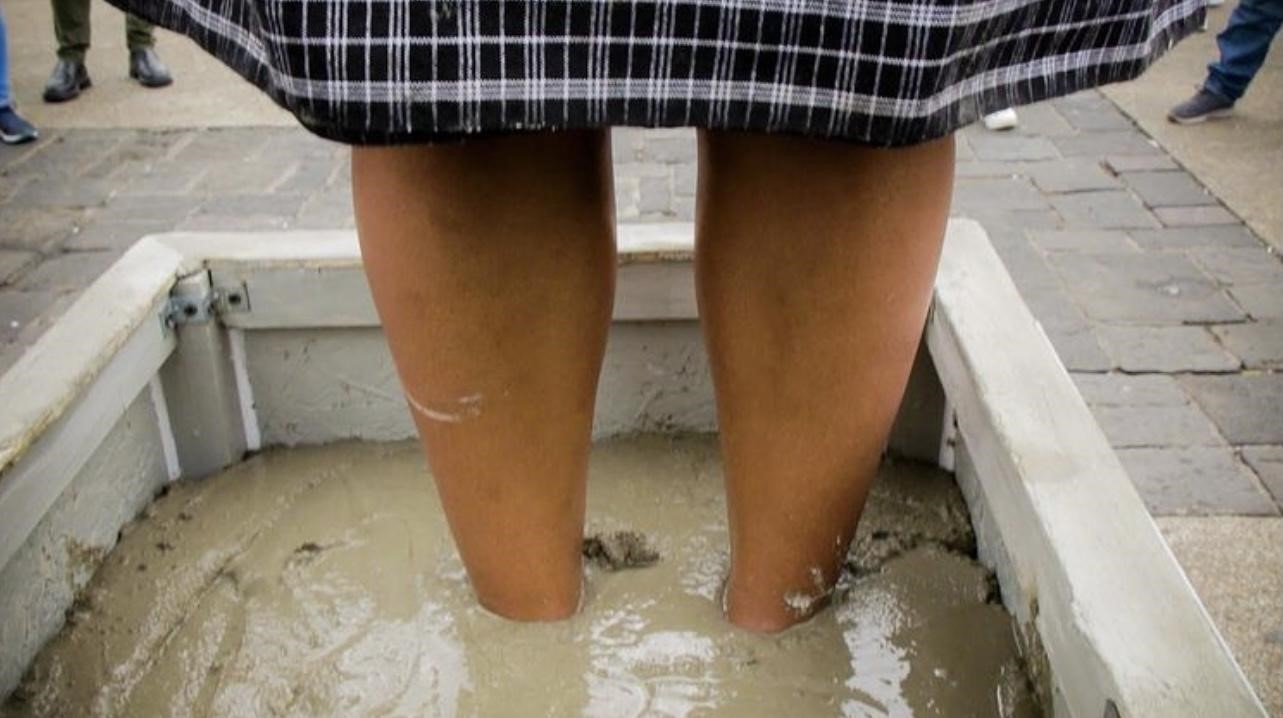
Those who are neither for nor against the demonstrations to prevent female sexual abuse–inside and outside public and private educational spaces–we know where they are going, and to their neutrality, we set a fire. La Oficina de Posproducción is a project of Campaña Negra that, on this occasion, worked with the RISE collective focused on highlighting the abuses that many suffer, and how they are ignored. Spaces become uninhabitable for those who remain silent. Activist and feminist María Galindo reminds me how endemic sexual abuse is, I will re/use her words: “Sexual abuse is the elimination of the most vital, most democratic and most important social space in our lives, such as the street and educational spaces, which are the only spaces we have left”. The RISE collective reminds us that we must insist on not remaining silent when facing the violation and denial of the spaces where we are. How do we continue to resist? The starting point lies in the call, the word, the demonstration and the testimony of the bodies of all those who have been assaulted.
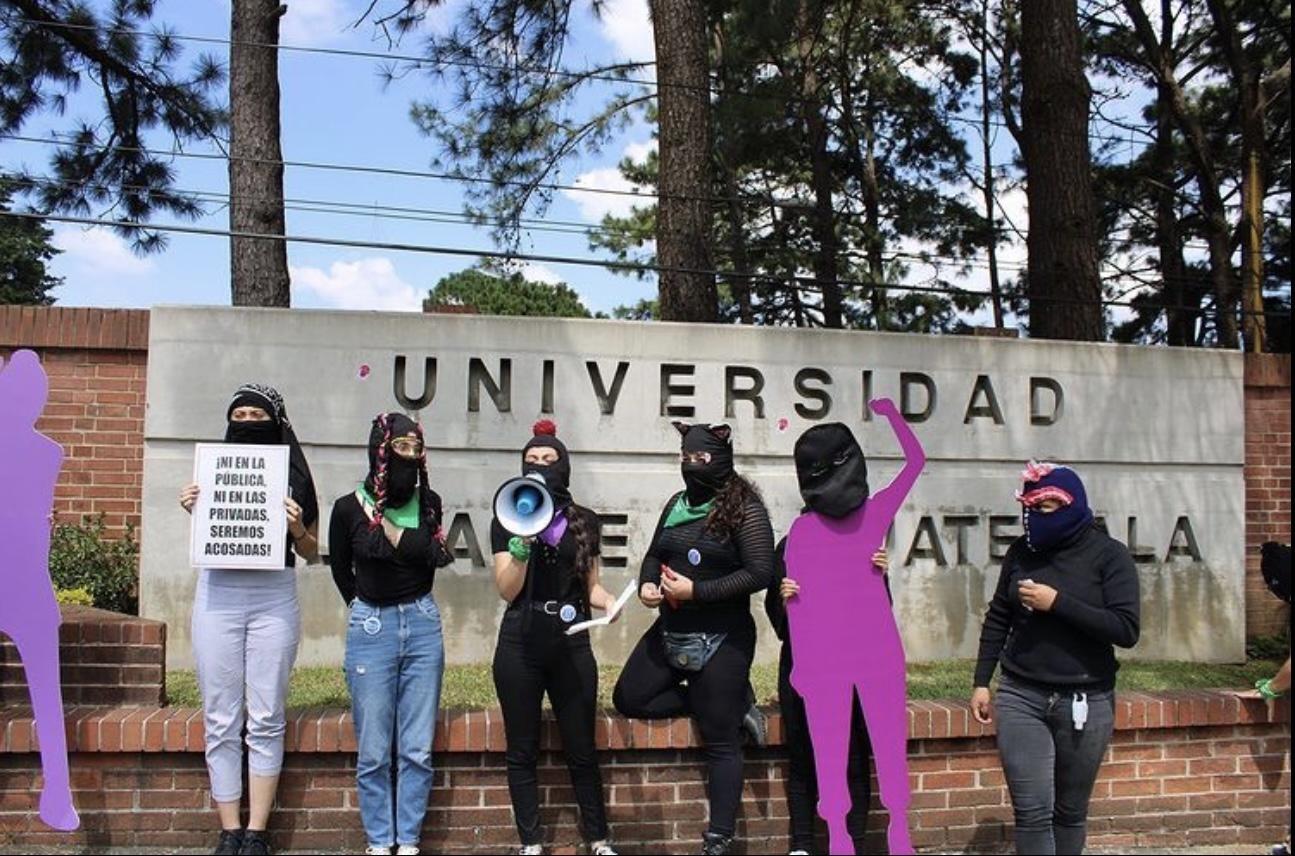
Another hopeful and transgressive gesture against excluding binarisms is the proposal of artists Juan José Guillén and Kevinn Dubón, who remind us that a concept of Nature that constantly creates and trans/forms is possible, as opposed to the fixisms inherited from the 19th and 20th centuries. With affective harmony they create a promiscuous habitability: that temporary coexistence in which all bodies touch, rub against each other and create friction. In the play Señorita Memoria Trans, Guillén–from San Rafael Pie de la Cuesta (San Marcos)–walks along Calle Real, in the framework of the town’s patron saint fair, to remember Julia, who was named as a trans* person in the town. The claim against the oblivion of Julia, the verification of the precariousness[8] of trans* bodies, the joy for those who have been able to commit the trans/fugue of this “patriarchal/colonial regime, manufacturer of the feminine and masculine psyche “,[9] are the organs that give life to this performative work.
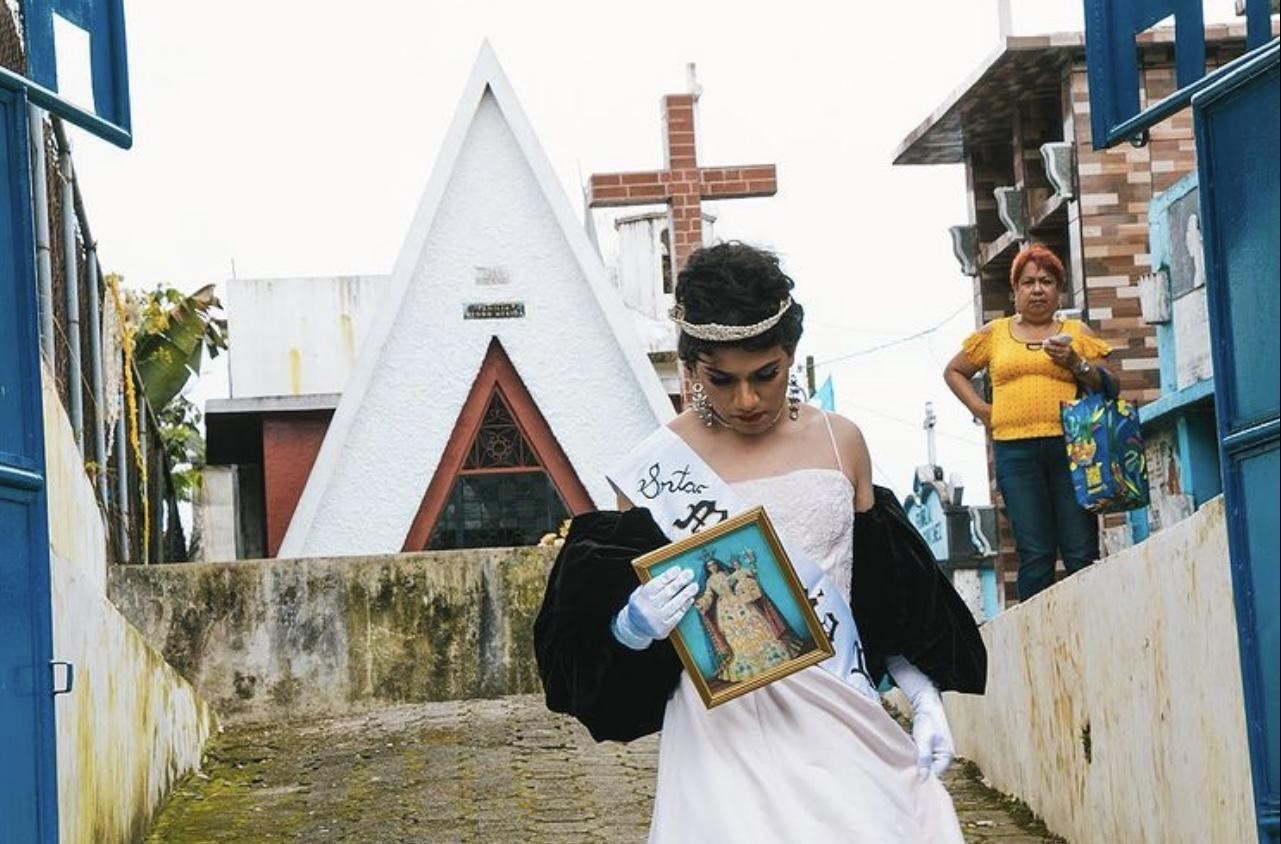
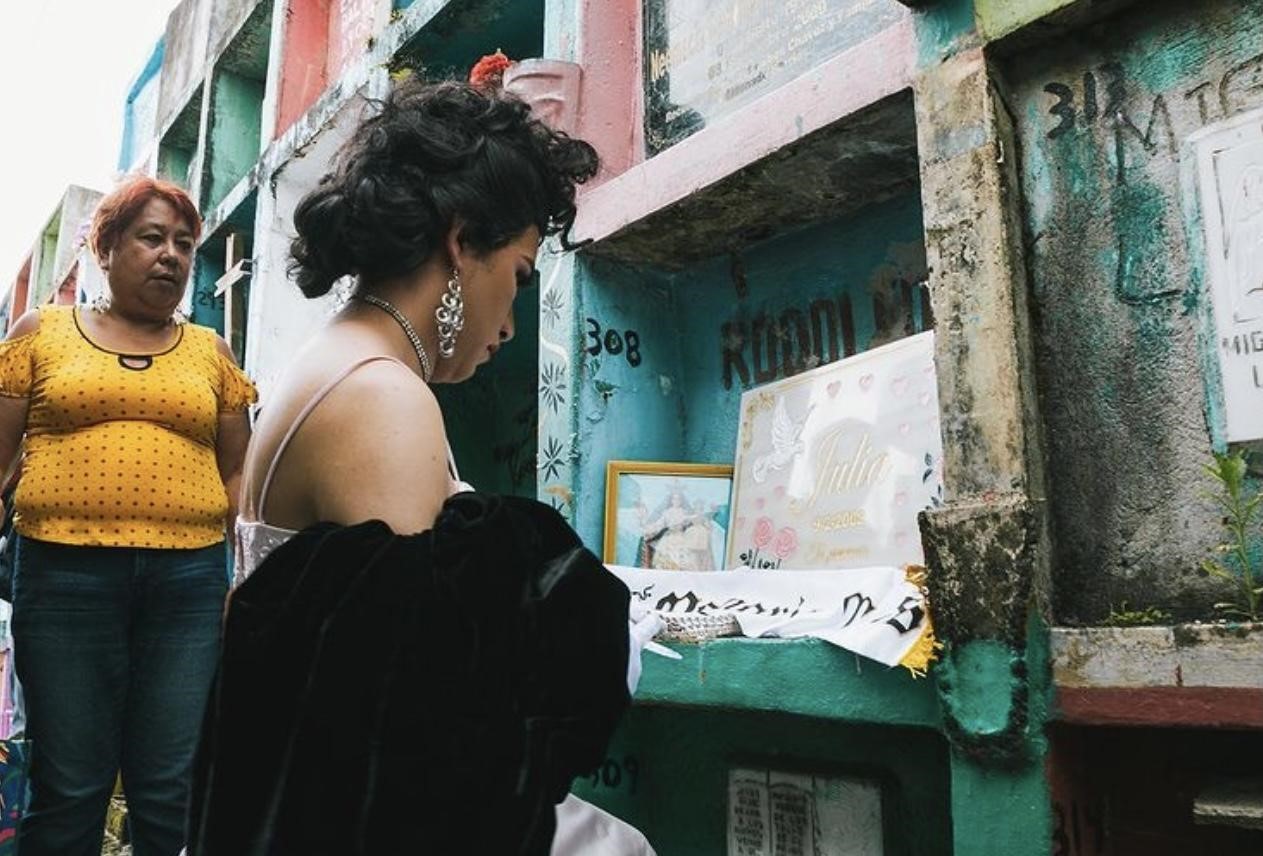
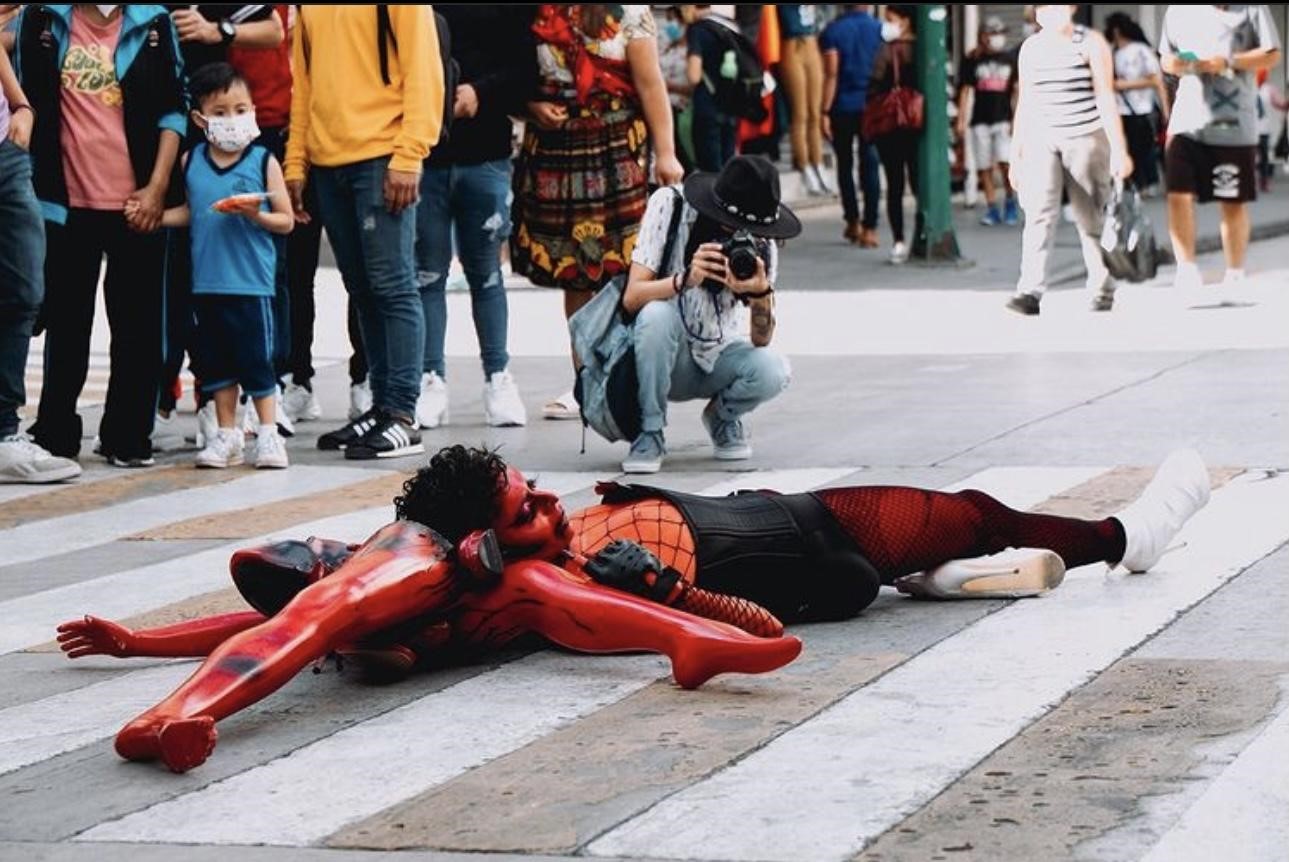
The work El Faro, presented by Alfredo Esparza Cárdenas, is set in northern Mexico and was made with a pinabete tree and glasses of candles; the only thing that has remained of the violent stories that have taken place there and that lie next to the human remains. To the families, share the following poem by Luis Alfredo Arago:
“…in case I never see you again…”
I loved you very much
but a hundred years can vanish in flames
and so it happened to me.
MOTHER! EARTH!
I have come to distribute ashes to where once my shadow
my shadow joined the chalices of the day.

There is a network of affections that weave this anti-hegemonic Biennial, which is not a mere Biennial or art space trapped in mercantilist discourses, but a Biennial that seeks to escape from institutional conditioning and sponsorships that limit it or, in the worst case, appropriate its powers of tenderness and free re/creation. The BER is not a meeting point for rebellion, war and resistance that happens only every two years. It is a moment where the reality of economic inequality that surrounds us, hatred, transphobia, homophobia, discrimination, our deaths–those who have stumbled upon the invisible obstacle of death before their time–, are placed in constant stress and updated with the pending readings, friends, lovers and the sensitive disobedience that occur daily in our bodies to elucidate their meaning.
Habitability is a concept that arises from “Building Dwelling Thinking”, a text first presented by Martin Heidegger in Darmstadt in 1951. The question that arises is: to what extent does building belong to inhabiting? The conclusion is that we inhabit creation, building has inhabiting as its goal. In this way it happens in the work of art, we inhabit its creation.
I understand logos as the raison d’être of something, its discourse. I see it in a more Hegelian than Platonic way.
For Judith Butler, vulnerability is inherent to the human condition and refers to its biological and social interdependence. She calls it “precariousness”.
Phallogocentrism is a neologism of Jacques Derrida, it is “the erection of the paternal logos”. The discourse of man and the phallus as a privileged signifier.
I understand holistic as the thesis according to which the totality determines the parts and the understanding of the parts is not necessary to understand the totality. It is somewhat intuitionistic.
Foucault is the one who links aesthetics to ethics in his analysis of the “arts of existence”, in his re-reading of Aristotelian ethics. In my opinion, the exercise of creation has an ethical relationship with all.
Lauren Berlant, in her book Intimacy, a collection of sixteen essays, proposes the concept of public intimacy. I use it in the sense that individuals create certain human bonds from which they are affected from the inside out and vice versa. To be understood in a more optimistic way than in Berlant’s texts.
Precariousness is the term used by Judith Butler that refers to situations systematically and differentially induced by political and economic variables.
Paul B. Preciado, speaking in front of three thousand five hundred psychoanalysts at l’École de la Cause freunienne in Paris on November 17, 2019. Yo soy el monstruo que os habla, 2020, p. 67.
I propose to speak of êthos/hollow in the following sense: I understand êthos as a way of life, of inhabiting the world in a shared way; hollow is the proposal of new possible habitabilities without hatred and misogyny.
Comments
There are no coments available.